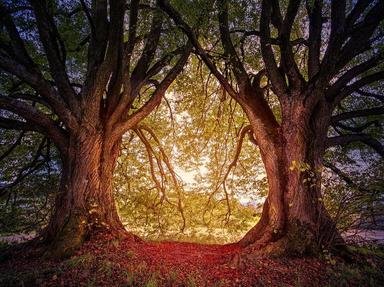Quiz Answer Key and Fun Facts
1. Here's the sample question: Paint the fifteenth letter red to repeat.
The fifteenth letter is o. Put the letters 'red' before the o to make 'redo', a synonym for repeat, which you'd then write in the answer box. The letters 'red' will always go at the start of each answer, and unless otherwise stated every answer is a single word, non-plural and without punctuation. Have fun painting the words red and good luck!
---
Paint the bovine red to make an oxidation-reduction reaction.
2. Paint the archaic second-person plural pronoun red to colour or stain again.
3. Paint the unprocessed or unrefined red to refresh the screen's image.
4. Paint the wild animal's hidden home red to blush.
5. Paint the rear red to find a venomous Australian spider.
6. Paint the outer layer red to meet a British soldier.
7. Paint the "American Gothic" artist red to grow an often Californian coniferous tree.
8. Paint the merchandise red to create European or American pottery.
9. Paint the arrow-symbolised modifier key red to observe the event where light is stretched towards the red spectrum.
10. Paint the chest red to tweet a British name for the European robin.
Source: Author
malik24
This quiz was reviewed by FunTrivia editor
Fifiona81 before going online.
Any errors found in FunTrivia content are routinely corrected through our feedback system.
